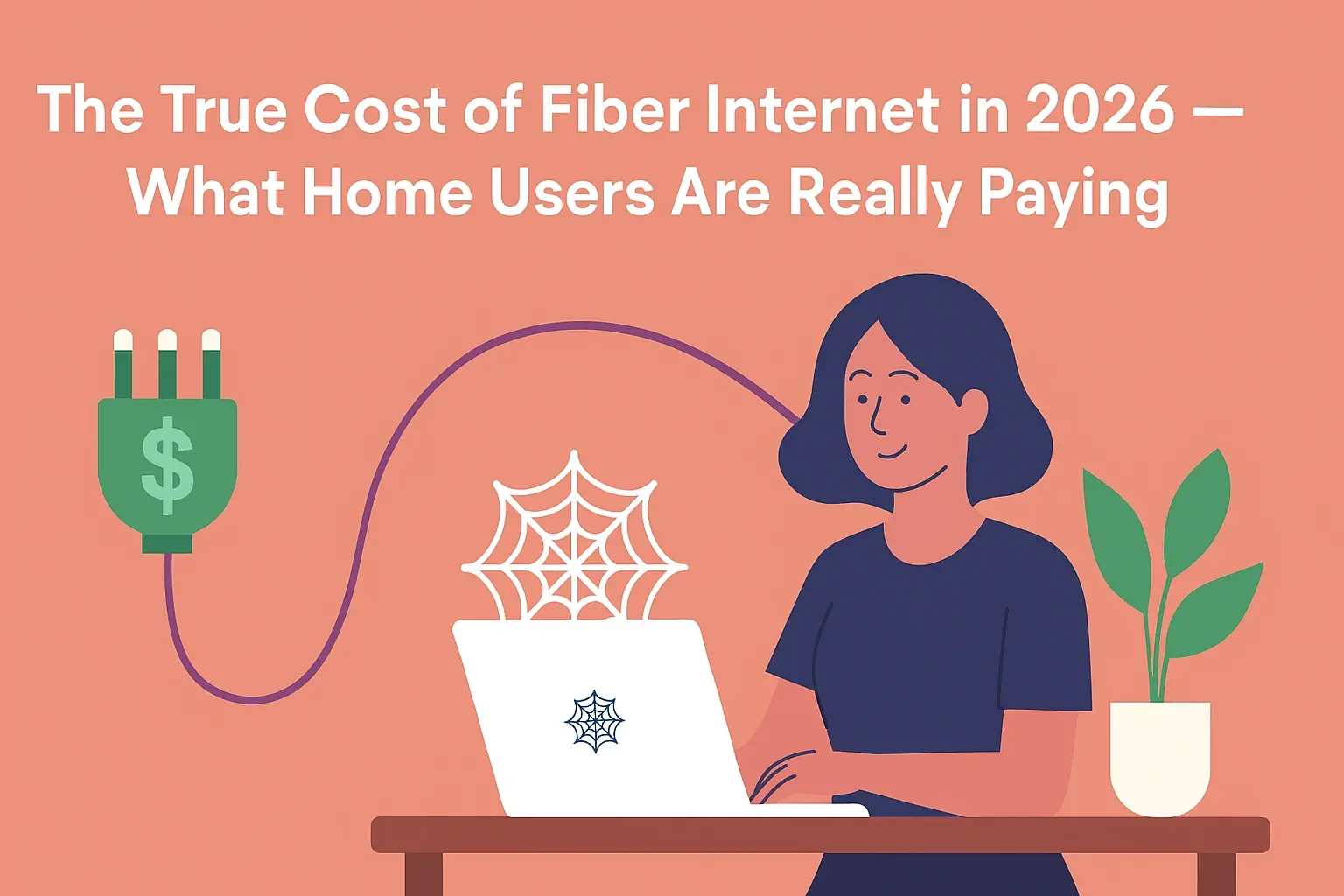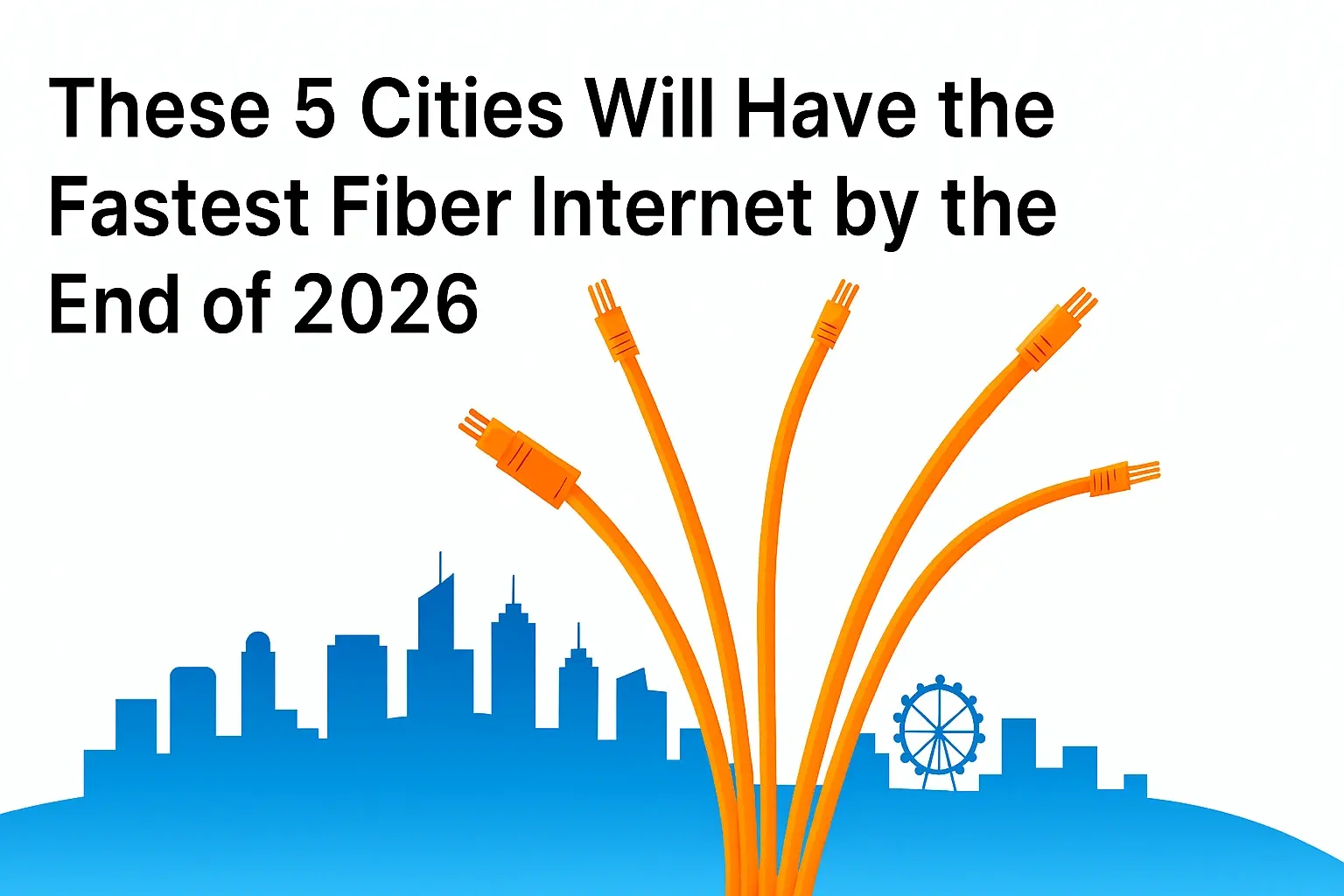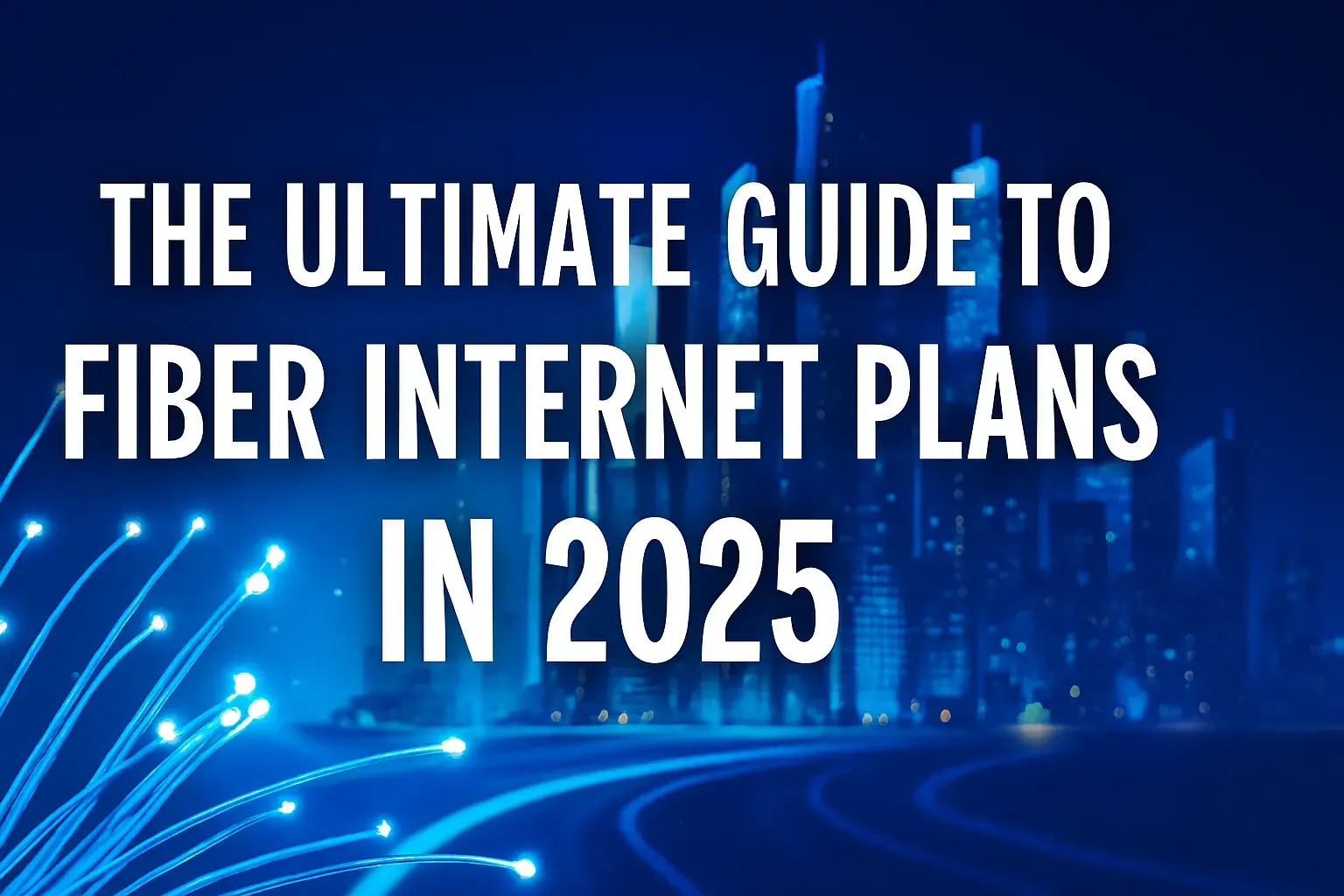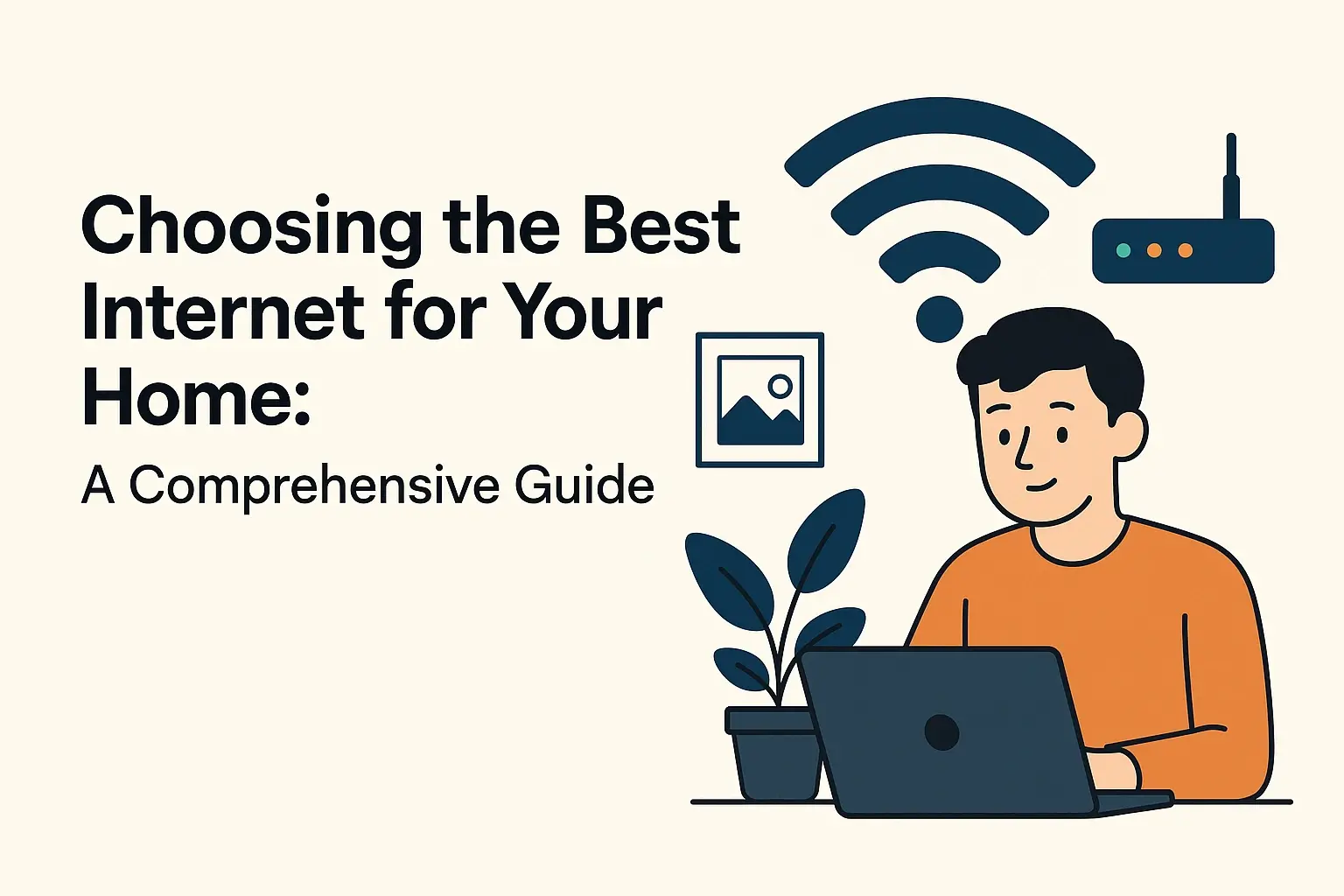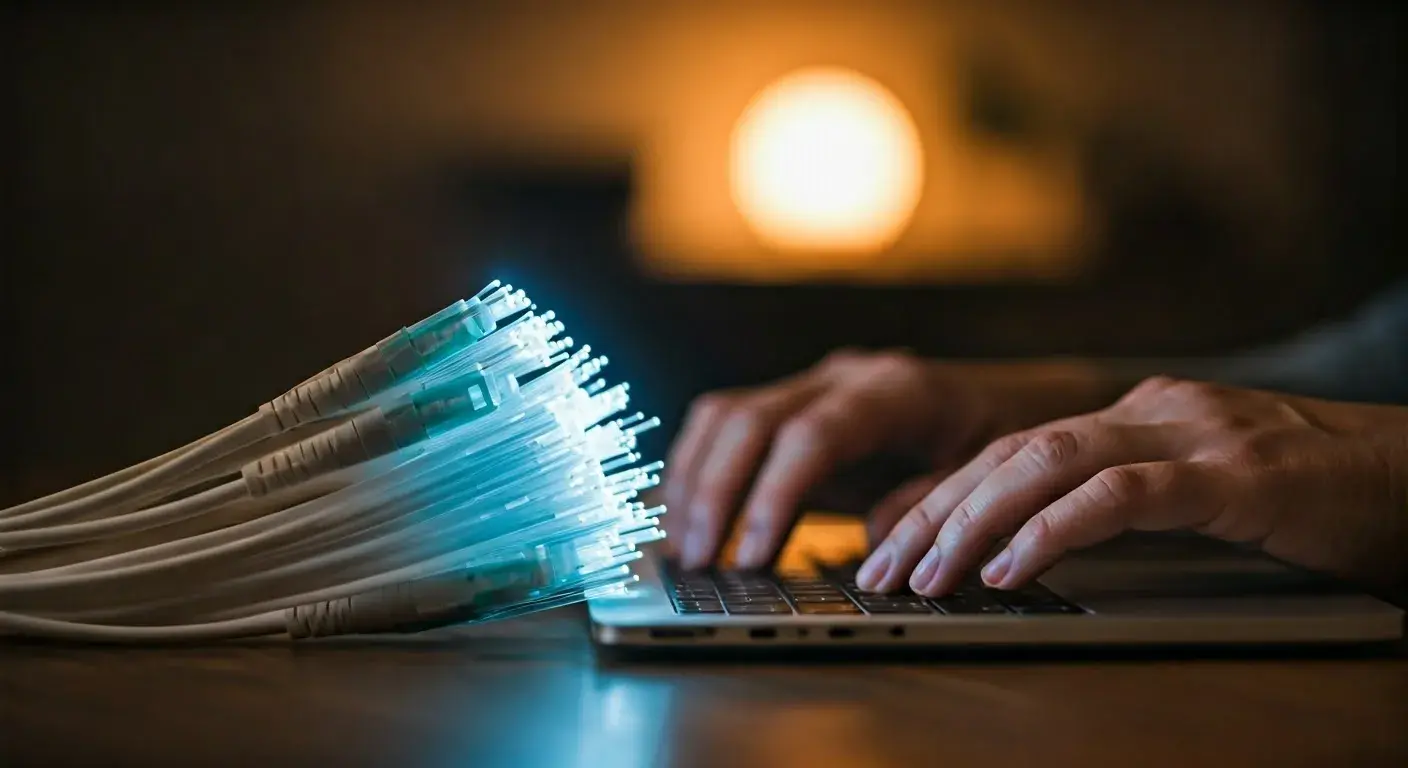Does Cox use Cable or Fiber?
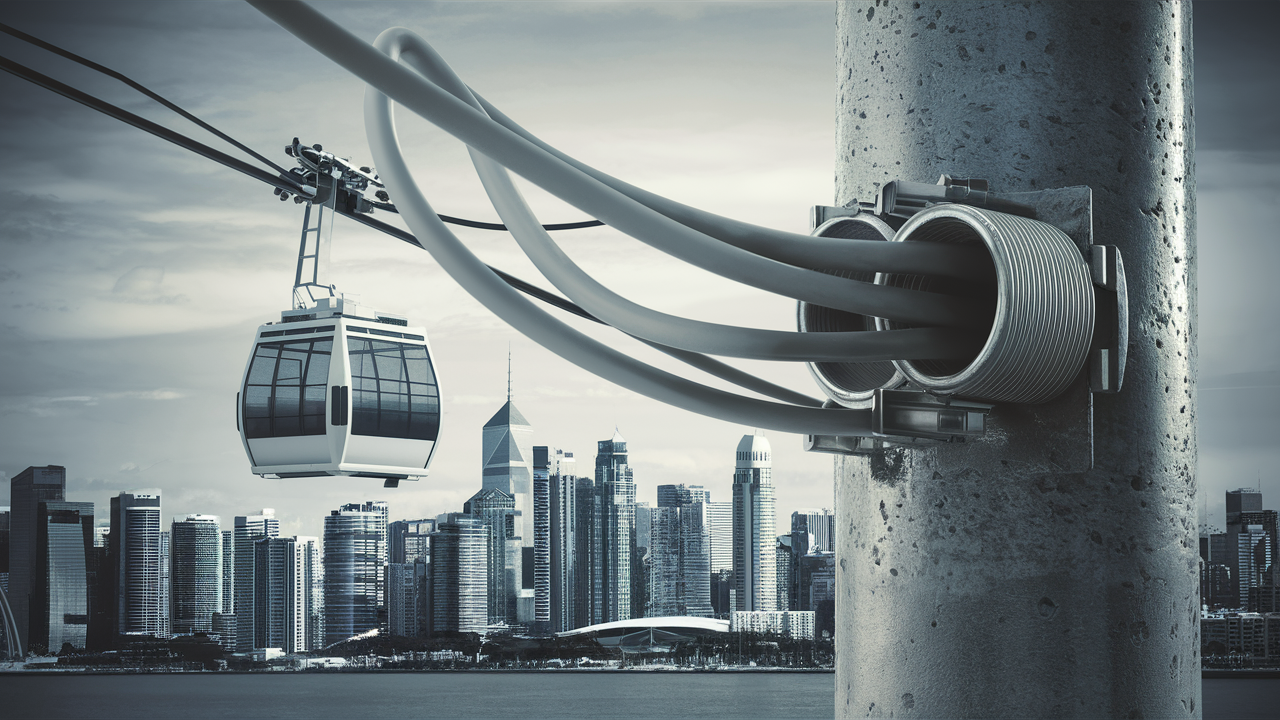
What Can I Say About Cox? Does Cox Use Cable or Fiber?
Cox Communications is a leading telecommunications company that deals in cable television, telephony, and internet service provision for homes and establishments in eighteen states in the United States. However, concerning their structures and delivery channels, does Cox employ cable networks or fiber optics?
The Short Answer
Cox mainly employs a Hybrid FibreCoaxial cable network system to provide video, telephony as well and Internet connectivity solutions to residences and corporations. However, the company does use fiber optic cabling within its network architecture in some areas. The company has been investing in segments of its network to develop fiber capacity and velocity.
Describing Cox Communication’s Hybrid Coaxial Cable Network Design
HFC is the kind of network used by Cox with fiberoptic surrounded by a coaxial cable as the main type. This system employs a mixture of both fiber optic cables and copper coaxial cables to convey services.
In an HFC network, telecommunications cables made of fiber optic transmit data, videos, and phone signals from Cox installations and distribution centers to nodes situated within neighborhoods that are close to buyers. From this point, the network is in coaxial cables that directly link to homes and businesses, replacing the fiber optic cables.
In other words, through the fiber optic, Cox provides services to the last connection point, and that final connection could be with a customer, or often utilizing a coaxial line. It enables them to harness high bandwidth fiber optics while at the same time leveraging point-to-point coaxial connectivity to many buildings.
Some measures include the modernization of the infrastructure with fiber optics.
Having said that, Cox has been making capital-intensive investments to upgrade some parts of the existing infrastructure with new fiber optic lines. This not only increases the network capacity and performance but also allows the company to develop the technology that might be used in the future.
So far, Cox has only converted some of its fiber backbones from electrical equipment to more advanced optical devices. Also, Cox now provides Internet connections through the Fiber Solutions division that connects a limited number of residential and business entities through fiber optics.
In cases where it is developing the property from scratch or implementing service into a multi-dwelling unit, Cox prefers to lay fiber lines as opposed to coax. This makes the properties have gigabit fiber speeds from the initial day of the construction.
Cox's National Fiber Expansion
In the next five years, Cox’s target is to lay out over $10 billion toward the main objective of covering more areas with fiber. They plan to deploy gigabit internet capabilities for all customers current by using fiber and HFC connections.
In this drive, Cox will upgrade part of its current HFC infrastructure from electrical to optical frameworks. They will also carry on shifting their strategy of moving primary fiber connections closer to the business and residential areas.
By the end of 2022, it added approximately 23,000 fiber miles to its network, and now it has more than 650,000 fiber miles in its markets across the country. Future expansion will continue apace and is likely to center on extending fiber even deeper into neighborhoods and more directly linking homes with fiber instead of coaxial cables.
Comparing Cable and Fiber
To understand Cox's hybrid use of cable and fiber, it helps to compare the capabilities and limitations of the two technologies:
Coaxial Cable uses cables made from copper, which have an insulation layer between an inner conductor and an outer shield.
Internet connection and the maximum possible speed are restricted, including available bandwidth and the selection of cables.
This is usually mainly because speeds commonly peak below one Gigabit per second.
The use of existing buildings has made it easy to establish last-mile connections since historically been present almost everywhere.
Fiber Optic Cable
- As a transmission medium, it employs flexible glass/plastic strands for encoding/decoding data in light signals.
- It supports bidirectional high speed, can operate at multigigabit rates, and has virtually limitless bandwidth.
- More expensive than coaxial wiring.
- Glass fiber is a very delicate material, and it can be easily broken when installed.
- Suitable for backbones and potential speed requirements in the future
In the current and future dispensation, customers will be in a position to enjoy faster, resilient Internet and data connection from Cox as it continues with fiber rollout and improvement of its coaxial network. Understanding its hybrid network benefits both technologies and prepares markets for the next generation of gigabit and beyond speed.
Ready to upgrade your internet experience? Call us now at +1 8443497575 to explore the best Cox Internet plans for your needs!
